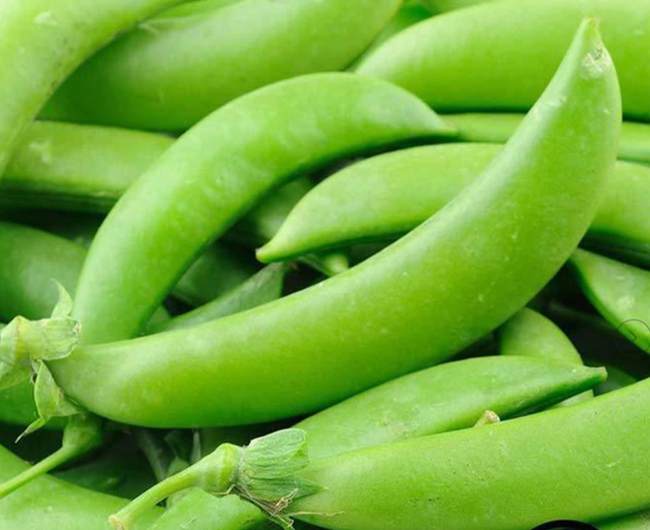o you ever wonder if plants “communicate” with each other? If so, you're not alone. The research on this important and fascinating topic has increased dramatically in the last decade. My interest in it dates back decades to my graduate school thesis that involved how phenolic acids exuded by the roots of garden pea (Pisum sativum) accessions from around the world warded off weeds that would otherwise have crowded them out. This was an early form of biological weed control for sure! The seeds we studied were 20-30 years old and had been carefully stored and preserved in USDA facilities for research such as this.
They were all non-hybrids that had unadulterated natural genetic qualities. While I am in no way suggesting that plant breeding isn't overall a positive advancement, there are instances where something is lost when something is gained, and genes are certainly no exception! Sometimes breeding for an improvement in one facet (production per acre, nutrition, etc.) results in the loss of another genetically controlled factors that may be negative or positive.
At about the same time I was pursuing my research described above at University of Minnesota, University of Washington zoologist David Rhoades demonstrated how some plants defend themselves against insect attacks by changing the nutritional and/or taste of their foliage. In turn, insects that otherwise would chow down on the tasty leaves look elsewhere for their lunch. Since then, research identifying the multiple paths that plants use to exchange information with neighboring plants (largely within their own species) and ward off herbivores (organisms feeding mostly on plants), diseases, and weeds has nearly tripled. While a lot of this chemical information exchange relates to the release of volatile organic compounds in the root zone and through the air, electrical signaling among plants also occurs.
Below are a few recent examples:
-Lima beans attacked by insects signaled nearby lima bean plants who built up defenses to avoid damage
-Lodgepole pines attacked by a beetle signaled neighboring trees who had time to prepare for attack.
While, traditionally, research identified these chemical warnings occurring only in neighboring plants of the same species, Cornell researchers discovered that sagebrush (Artemisia tridentata)with insect damage can release chemical signals recognized by wild tobacco (Nicotiana attenuata). In turn, the tobacco plants pump up their arsenal of chemical defenses to avoid damage. (Interestingly, the tobacco plants don't waste precious nitrogen and carbon on defense mechanisms until they are actually attacked since these elements need to be conserved as much as possible for future seed production.)
Ted Farmer's team at University of Lausanne, attached leaves of thale cress (Arabidopsis thaliana) with microelectrodes prior to infesting them with Egyptian cotton leafworms. Almost immediately, voltage changes radiated outward from the damaged leaf tissue in the damaged plant and other neighboring plants resulting in accumulation of jasmonic acid which reduced further damage. Genes responsible for transmitting the electrical signal create membrane channels inside cell walls that provide a conduit for charged ions. The genes in some ways parallel receptors that animals rely on to relay sensory signals through their bodies.
And last but certainly not least, Kudos to UC Davis ecologist/entomologist Richard “Rick” Karban, who was named a fellow of the Ecological Society of America (ESA) for “his innovative contributions to community and evolutionary ecology, especially through providing conceptual advances and rigorous experimental work on plant-insect interactions." Want to learn a log more about this topic." Still "hungry" for more information on this topic? You're in luck! Dr. Karban wrote a 240-page book entitled: Plant Sensing and Communication (University of Chicago Press).